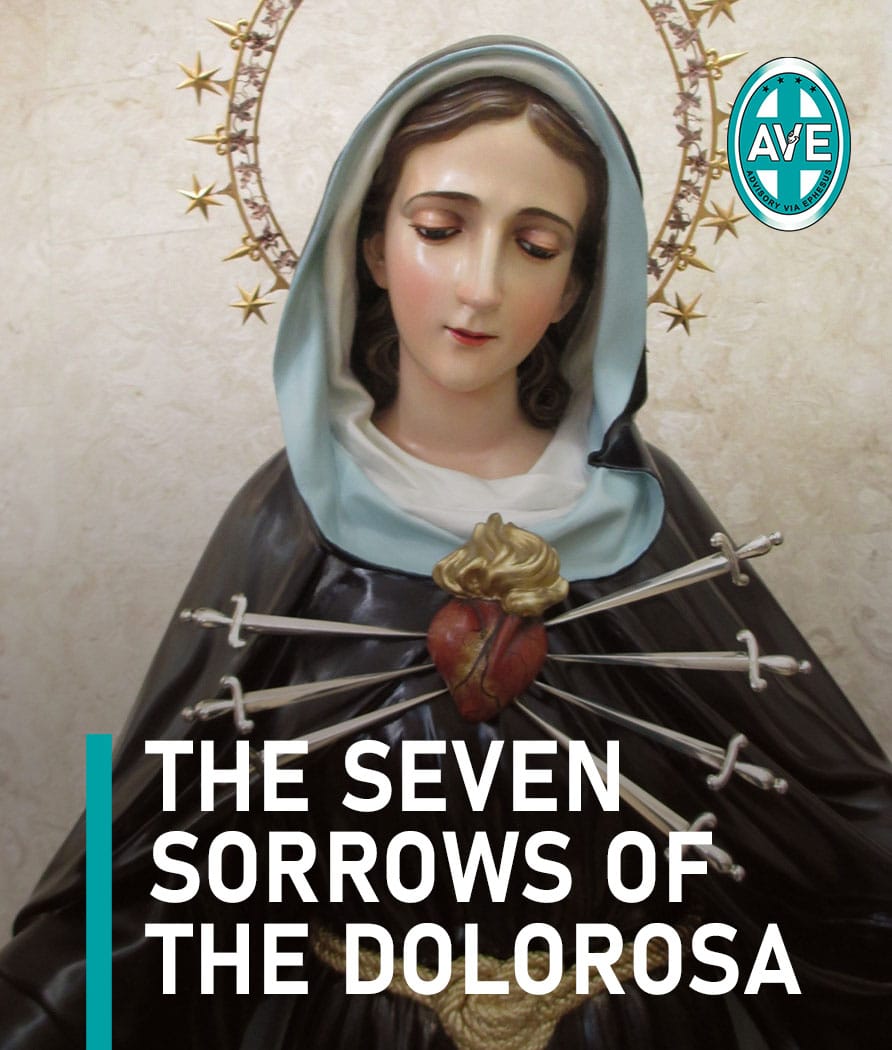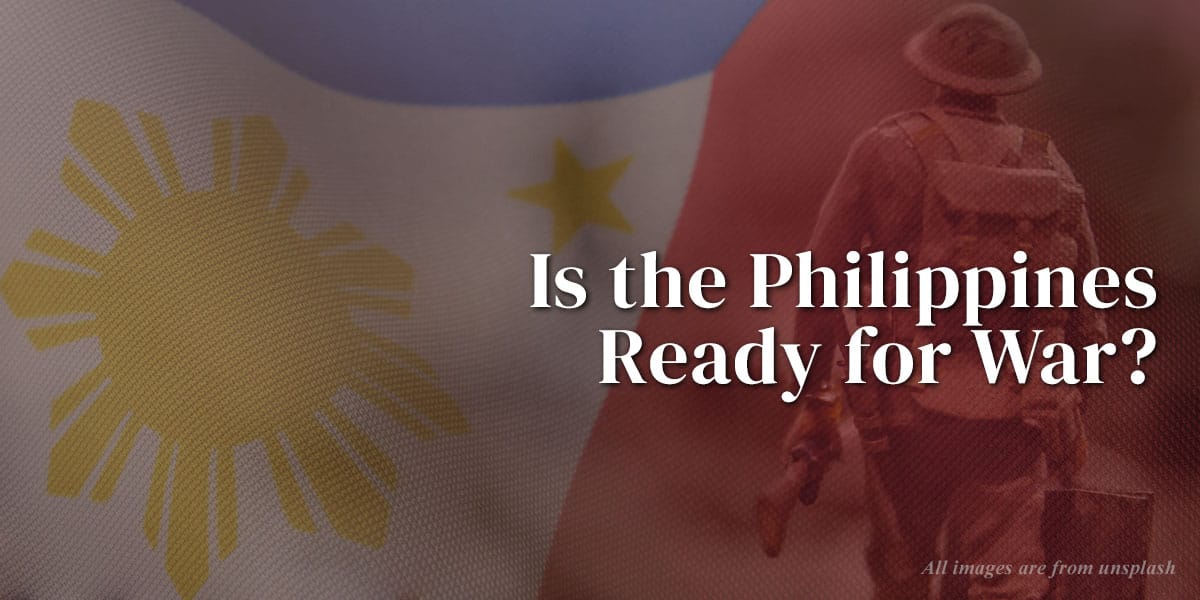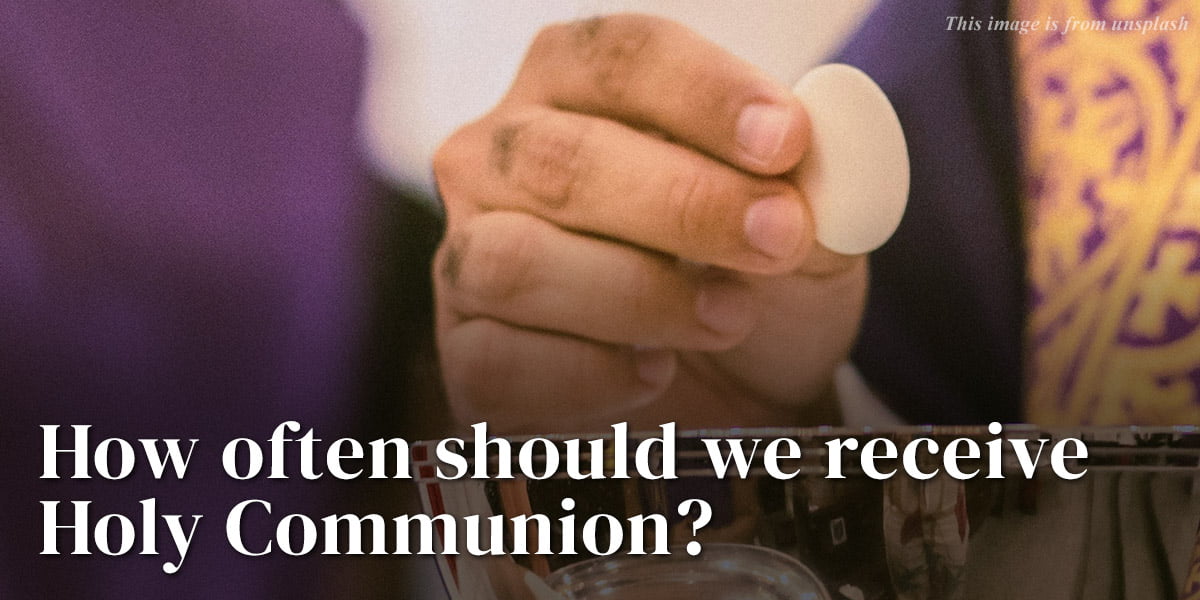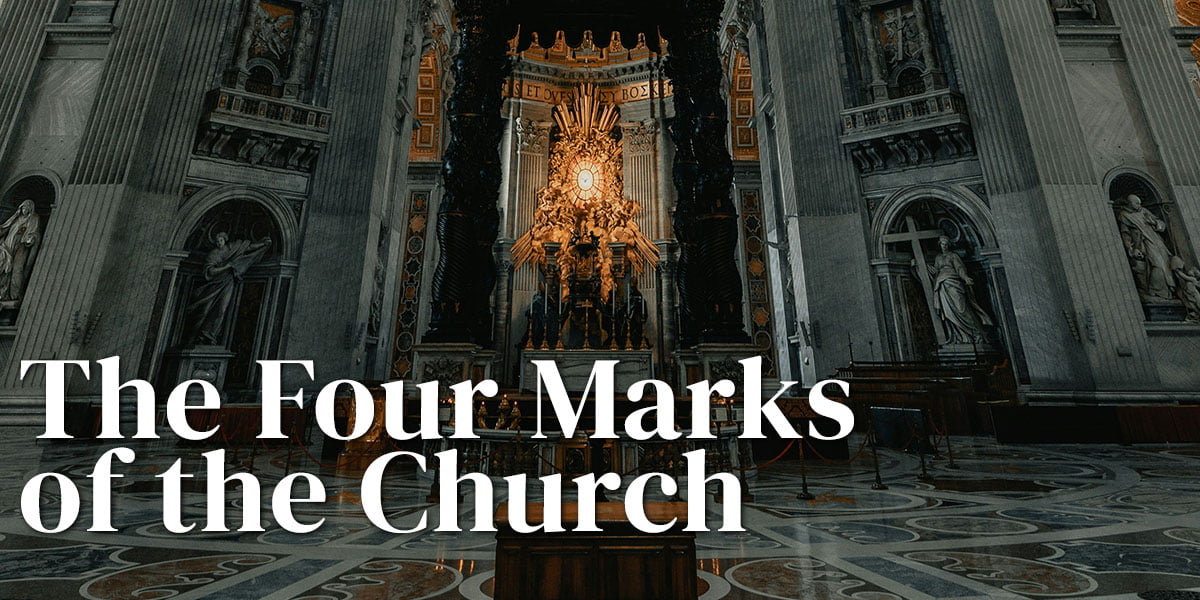Here are some of the Postures and Gestures during the Holy Mass:
The Sign of the Cross
It is the most important gesture in the world. This gesture is not only used when you attend the Holy Mass, it can also be used when you start to pray outside church like in your home and when you pass by in church or in the cemetery. We mark ourselves the Sign of the Cross because it was by the death of our Lord in the Cross redeemed us. It also reminds us that it’s not only the Last Supper is the Holy Mass, but also His passion and death on the Cross.
Standing
During the Holy Mass, there are several times that we stand including the opening and closing procession and during the reading of the Holy Gospel. Standing is a sign of honor and respect.
Kneeling
Kneeling is a traditional gesture, not even in the Catholic Church, but also in Jewish and other Christianity like the Orthodox Church. Kneeling signifies penance, homage and adoration. In the Holy Mass, there are parts where we have to kneel, including the Consecration and in the Holy Communion. Sadly, after Vatican II, many faithful only kneels by choice, including if they are inside the bench. Many do not know how to pay respect and adoration to the Sacred Host, the body of our Lord, our God.
Sitting
Sitting is also part of the gestures and postures in the Holy Mass. It is a posture of listening and meditation. When you attend the Holy Mass, you will notice that there’s a part in the Mass where the priest sits including in the Traditional Latin Mass (Tridentine Mass). This is not because he is tired or idleness, it’s because he meditates before he continues the Mass. We also sit not just to relax our legs and feet, but also for us to meditate. Sitting also helps us our mind become attentive during the sermon or homily.
Bowing
Bowing is also one of the most used gestures in the Holy Mass. There are two types of Bowing, bowing of the head and bowing of the body just like Japanese greeting. It signifies reverence, respect and gratitude. In the Traditional Latin Mass, when the Priest enters the church during the opening procession, the faithful will bow to him and to the crucifix as a sign of respect. The priest represents our Lord during the Holy Mass, and he is the only person who can hold the sacred host. The Priest mostly bows his body in front of the altar as a sign of respect, reverence and gratitude go together with prayers. While in the Novus Ordo Mass, bowing is also important, but some faithful used it as a substitute gesture, such as using it when you walk in the aisle of the church to give respect and adoration to the Body of Christ in the Tabernacle instead of genuflecting. A faithful can only bow in front of the Tabernacle when you have foot or knee injury or someone who is too old to genuflect.
Genuflection
Genuflection is one of the most used gestures when you are inside of the church. After you dip your fingers in the holy water and make the sign of the cross, you genuflect in front of the tabernacle. There are two types of genuflection, one is bending the right knee which we do to for the Sacred Host in the Tabernacle. While the bending of the left knee is for the leaders of the church. During the Low Mass of the Traditional Latin Mass, the people genuflect on the “And he was made flesh by the Holy Spirit from the Virgin Mary, and was made man.” part of the Nicene creed, while the faithful kneel in the Sung and High Mass. The Faithful also genuflect on the Last Gospel of the Sung and High Traditional Latin Mass.
Orans
Orans is the frequently posture of the Priest during the Holy Mass. Orans means “one who is praying or pleading. Orans was most known in the part where the Priest greet the faithful “The Lord be with you” (Dominus Vobiscum” in Latin) and on the praying of Our Father (Pater Noster). But during the Novus Ordo Mass, because of the influence of the protestants, the Orans posture was also used by the faithful during the “Our Fathe” which they are not supposedy allowed to do so. Even though the modernist will say that it’s the people’s choice, Orans is allowed to used by the Priest only during the Holy Mass.
Source:
https://www.corpuschristiphx.org/blog.php?month=201706&id=2144027499 &cat https://www.togetheratonealtar.catholic.edu.au/craft/gestures-and-actions- assembly/











